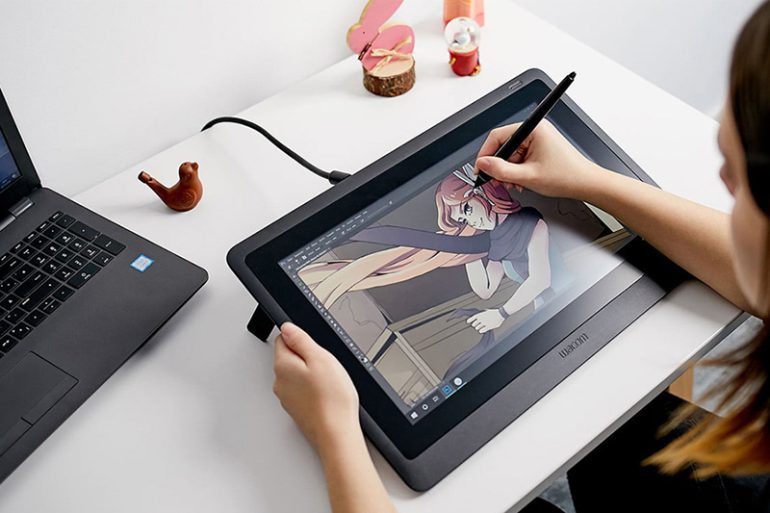Whether you are an experienced professional designer or an aspiring artist, choosing the right light pen can play a key role in enhancing your creativity and progress. Light pens, by simulating the natural feel of a brush or pencil on paper,provide a smooth and enjoyable drawing experience and allow you to capture details and subtle nuances with greater precision and accuracy. These precise and powerful tools enable designers to translate their ideas onto the digital screen with unparalleled finesse and precision. With a wide range of light pens available on the market, choosing the right option can be daunting.
In this article, we will explore the best light pens for designers in 2024 and help you find the ideal tool for your needs and budget.
Factors to Consider When Choosing a Light Pen
In addition to accuracy and pressure level, other factors are important when choosing the right light pen, including:
- Screen size and resolution: For designers who need a large workspace, choosing a light pen with a larger screen and high resolution is crucial.
- Software compatibility: Make sure the light pen you choose is compatible with the design software you use, such as Photoshop, Illustrator, and other specialized programs.
- Portability: If you are looking for a light pen for travel, consider its weight and dimensions.
- Price: Light pens come in a wide range of prices. From economical and affordable models to professional and high-priced options, the variety available caters to different needs and budgets.
1. Wacom Cintiq 16:
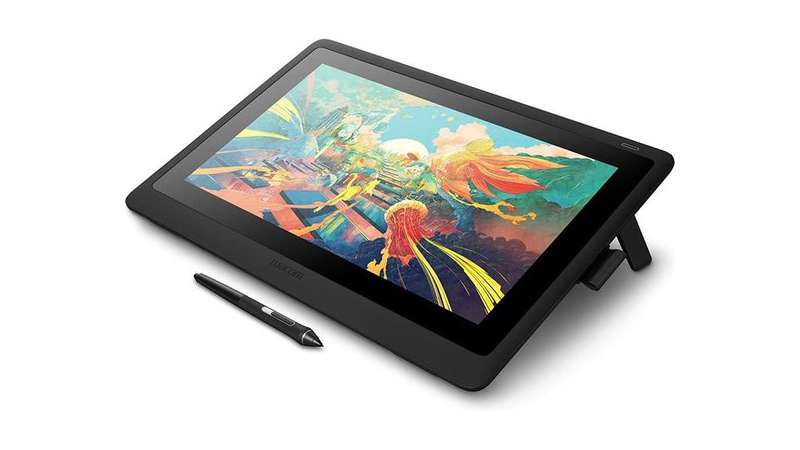
Pros:
- Excellent build quality: Renowned for its durability and longevity.
- Wide software compatibility: Works seamlessly with most major design programs.
- High resolution display: Delivers crisp and clear visuals for detailed work.
- Natural tilt recognition: Allows for realistic brushstroke simulation.
- Customizable shortcut buttons: Streamline your workflow with programmable buttons.
Cons:
- High price: One of the most expensive options on the market.
- Large and bulky: Can be cumbersome for travel or smaller workspaces.
- No wireless connectivity: Requires a wired connection to your computer.
2. XP-Pen Deco Pro:
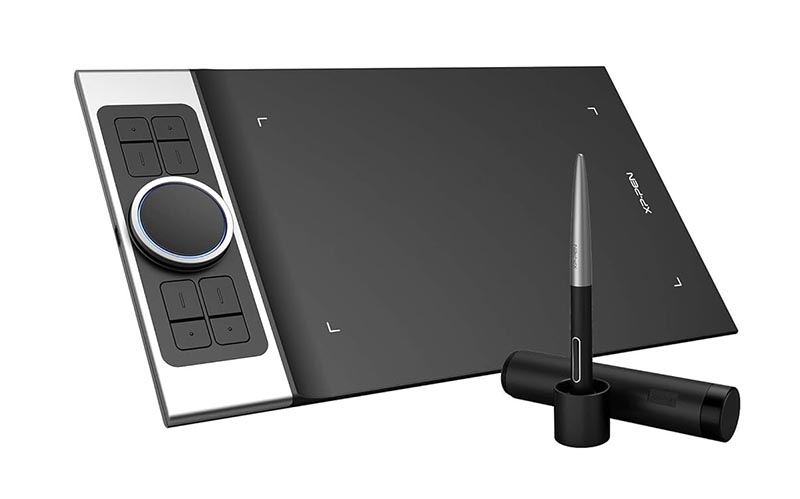
Pros:
- Affordable price: Offers excellent value for its features.
- Large active area: Provides ample space for creative expression.
- Wireless connectivity: Offers greater freedom of movement.
- Includes multiple accessories: Comes with pen holder, carrying case, and extra pen nibs.
- Battery-free pen: No need to worry about running out of power while working.
Cons:
- Slightly lower resolution compared to Wacom Cintiq 16: May not be ideal for designers requiring the highest level of detail.
- Less customizable shortcut buttons: Offers fewer programmable buttons compared to some high-end models.
- Customer service may not be as extensive as Wacom: Support options might be more limited.
3. Wacom Intuos Pro:
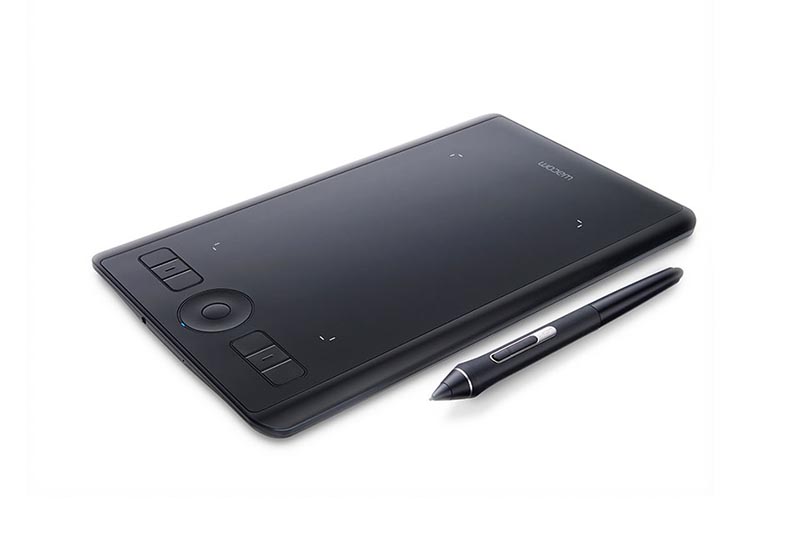
Pros:
- Affordable price: A more budget-friendly option from the Wacom brand.
- Compact and portable: Ideal for travel or smaller workspaces.
- Pressure-sensitive pen: Offers good pressure sensitivity for natural-looking lines.
- Multiple pen tip options: Allows for customization depending on your drawing style.
- Ergonomic design: Comfortable to hold for extended use.
Cons:
- No touchscreen display: Requires using the pen instead of your fingers for navigation.
- Smaller active area: Workspace might feel restrictive for designers accustomed to larger displays.
- Fewer shortcut buttons: Offers a limited number of programmable buttons for quick actions.
4. Huion Kamvas 13:
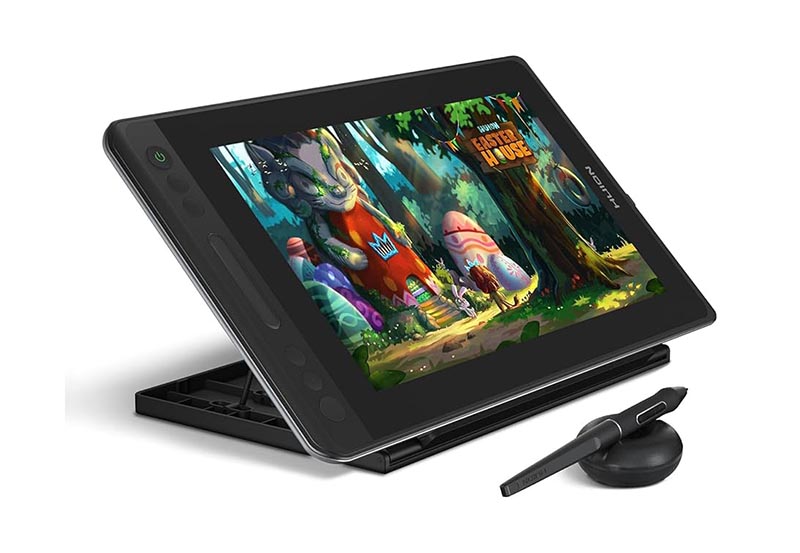
Pros:
- Affordable price: Offers a good balance of features and affordability.
- Laminated screen: Reduces parallax for a more natural drawing experience.
- Anti-glare coating: Minimizes screen glare for better visibility.
- Multiple pen tip options: Comes with different pen nibs for versatility.
- Stand included: Provides an adjustable stand for comfortable drawing positions.
Cons:
- Slightly lower resolution compared to other options: May not be suitable for highly detailed work.
- Less well-known brand: Limited user reviews and feedback compared to established brands.
- Software compatibility issues: May require additional configuration for certain design programs.
5. Artisul D16 Pro:
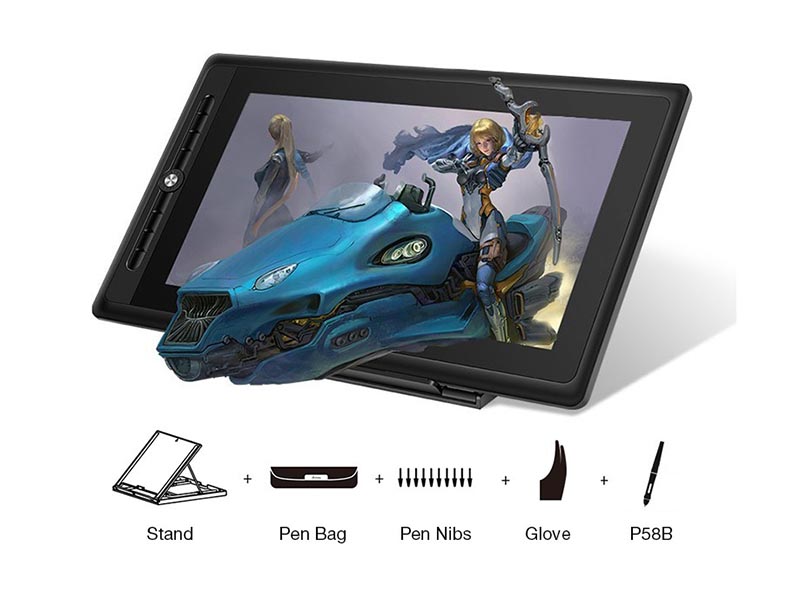
Pros:
- Affordable price: Budget-friendly option with a large display.
- Large active area: Offers a spacious workspace for creative freedom.
- Can be connected to phones and tablets: Expands functionality beyond traditional computer use.
- Multiple pen tip options: Allows for customization depending on your drawing style.
- Cons:
- Less well-known brand: Limited user reviews and feedback compared to established brands.
- Shorter pen warranty: May not offer as long a warranty on the pen itself compared to other options.
- Software compatibility may not be as extensive: Support for certain design programs might be limited.
Best Light Pens for Designers in 2024
| Feature | Wacom Cintiq 16 | XP-Pen Deco Pro | Wacom Intuos Pro | Huion Kamvas 13 | Artisul D16 Pro |
| Display | 16″ Touchscreen | 15.6″ Touchscreen | – | 13″ Touchscreen | 16″ Touchscreen |
| Pressure Level | 8192 | 8192 | 4096 | 8192 | 8192 |
| Line Accuracy | 0.1 mm | 0.25 mm | 0.2 mm | 0.25 mm | 0.3 mm |
| Price | High | Moderate | Moderate | Affordable | Affordable |
| Pros | Top Quality, Wide Compatibility | Affordable, Large Workspace, Wireless | Affordable, Portable | Affordable, Clear Screen | Affordable, Large Workspace, Mobile |
| Cons | Expensive, Bulky | Lower Resolution | No Touchscreen | Lower Resolution | New Brand, Warranty |
Conclusion
- The best light pen for designers in 2024 depends on your individual needs, skill level, and budget. By considering the factors discussed in this comprehensive article, you can find the ideal light pen for you and start creating amazing artwork. Remember, there is no single “best” option – the perfect light pen is the one that best suits your workflow and creative style.

